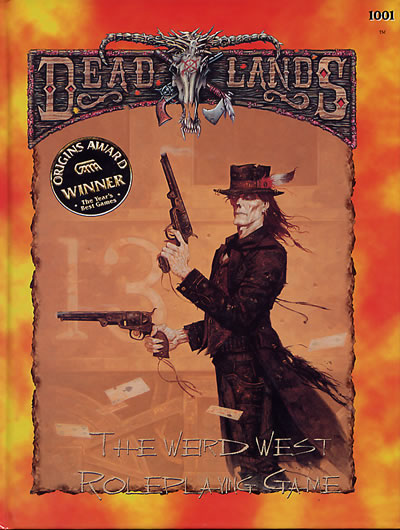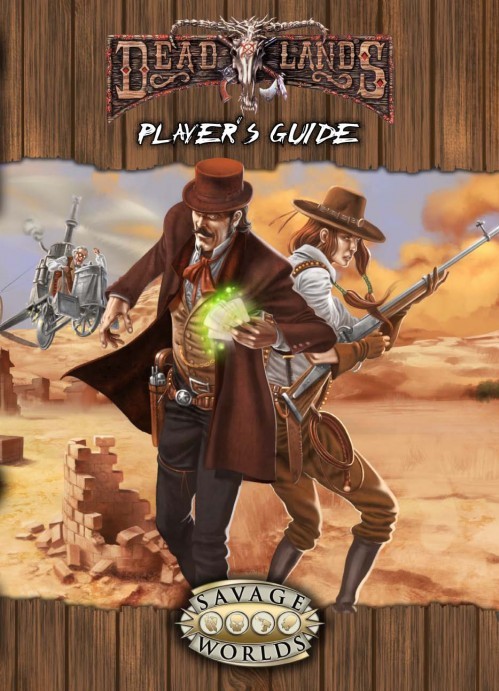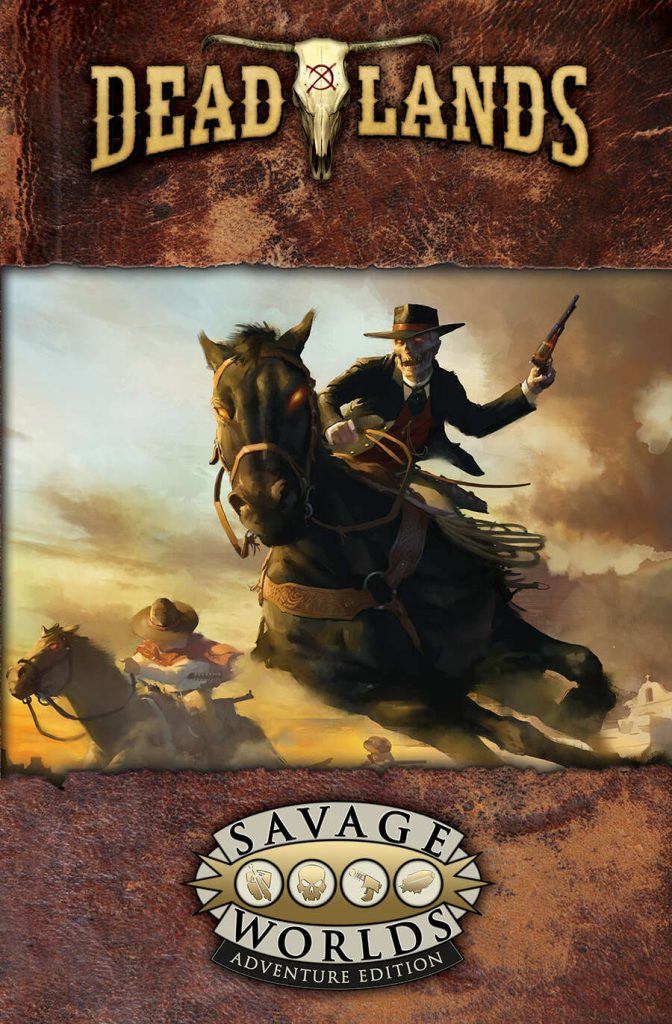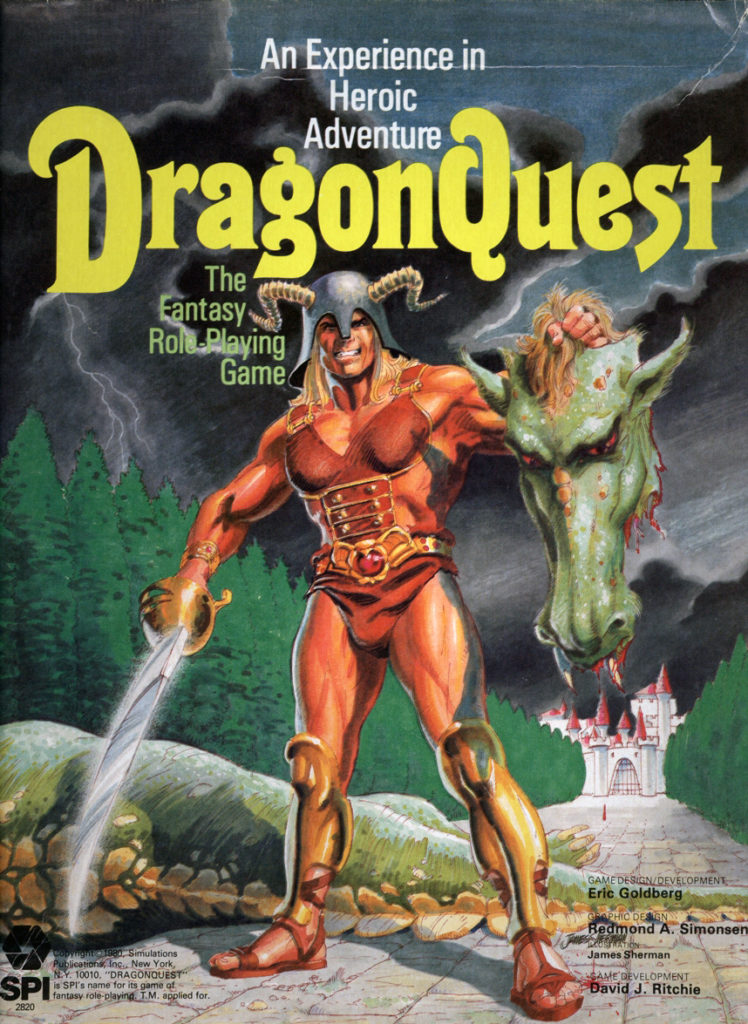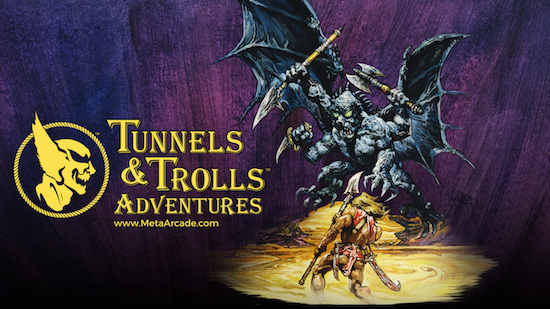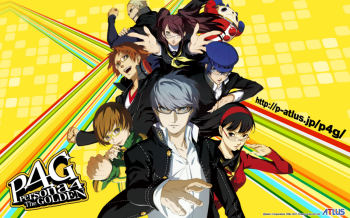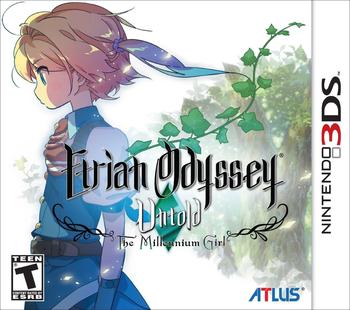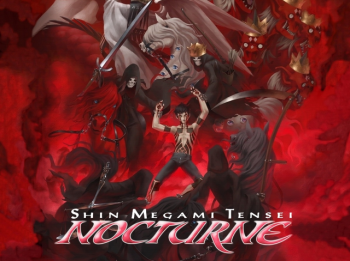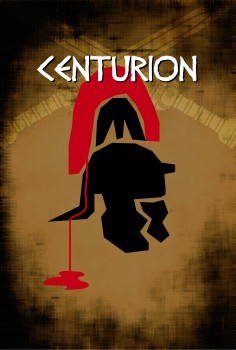 Kobolds Ate My Baby! Super Deluxx Edition
Kobolds Ate My Baby! Super Deluxx Edition
By Chris O’Neill and Dan Landis. Illustrated by John Kovalic. (Dork Storm Press, 2005; $14.99)
I’ve previously mentioned in a comment thread that when it comes to tabletop role-playing games, I lean toward the rules-lite side of the equation. I’d rather have a system that allows flexible play, with minimal die-rolls and looking up charts, and greater focus on the “role-playing” instead of the “game.” Given a good Game Master, rules-lite games can feel as close to realistic as any of the more simulationist systems. My favorite RPG of all time, Fudge, has managed to adapt and handle any other game system, setting, or style I’ve thrown at it. In fact, it’s almost the only system I use. Any RPG that comes out I translate into Fudge…
…with the exception of “Beer and Pretzels” RPGs, in which sheer simplicity and ludicrousness are the norm.
Most rules-lite systems are geared toward the Beer and Pretzels genre: RPGs that are played for comedy and speed and with minimum planning and plenty of bad bad bad beer. Risus is the Beer and Pretzels equivalent of Fudge, a complete generic system (six pages long!) usable for quick ‘n’ silly RPGs late at night. I might discuss Risus in another post—it’s interesting both as a rules-lite system and as a purposeful parody of all other early RPGs. Fudge also deserves a long review, because it’s so wonderful that it’s a shame it isn’t spread like a beautiful pandemic to every corner of the hobby.
But today I bring you the most popular setting-specific Beer and Pretzels game, a funny and witty spoof on the concept of “cannon fodder” in Dungeons & Dragons: Dork Storm Press’ Kobolds Ate My Baby! Super Deluxx Edition, written by Chris O’Neil and Dan Landis—and hereafter abbreviated KAMB! (The manual loves exclamation marks! With a passion! See!)
…
Read More Read More
